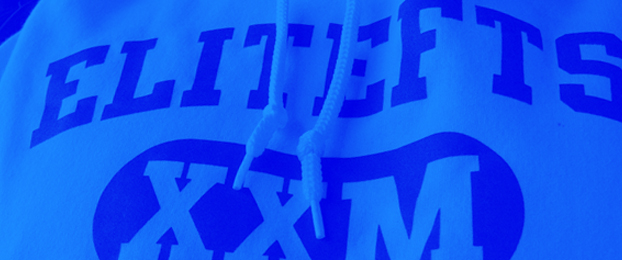
Anatomy can be pretty intense and sometimes more complex than necessary. Balanced training is an old idea, so why beat a dead horse? Because bodybuilding dogma continues to prevail and everyone seems to define balanced training differently. So really…what the hell is balanced training?
To your average bodybuilder, balanced training might mean relatively equal sets of quads, hamstrings, calves, abs, chest, back, shoulders, biceps, and triceps. More training for the “bigger” muscle groups and some extra for the lagging body parts should bring you to a nice balance. This definition surely works if you want to be a well-oiled, shaved, “manly” man. And I have full rights to poke fun—I’ve been on stage a time or two.
If movement patterns are more relevant to you, you might define balanced training as using the patterns equally. So you’ll have a 1:1 ratio of hip dominant/knee dominant movements and vertical/horizontal pushes and pulls. That seems to make more sense, but what about the people who sit at a desk all day? They obviously need more of something to fix their postural issues.
In the book, Diagnoses and Treatment of Movement Impairment Syndromes, author S. Sahrmann suggests that the causes of deviations in joint movement patterns are repeated movements and sustained postures. A balanced training program looks great on paper, but does it carry over into the real world and does it restore an out of balance body? The latter question might not resemble balance to the average eye.
I think body part splits (as a whole) definitely fail in the real world for anything other than pure bodybuilding. However, I’m not saying that I wouldn’t ever use or perform isolation movements. If your triceps can support a 275-lb bench and your chest is capable of 315 lbs, what will you bench? Fix the weak link. You’ll typically see a division of chest and shoulders (horizontal pushes and vertical pushes) but rarely a separation of back, which lumps the horizontal and vertical pulls into one category. This alone could cause some imbalances.
Of course, you have to ask yourself if muscles are true antagonists or not. For instance, both the lats and the pec major internally rotate the arms (the palms turn toward the thighs). Athletes, average clients, and the girl next door don’t need a chest and biceps day. Body part training is a little reductionist in nature, but you have to remember that everything is integrated. “The shin bone’s connected to the knee bone, the knee bone…” Even kids know that. So if you have problems with one muscle, there will be downstream effects on other joints.
Everything is in a pretty delicate balance, and yes, if you read enough, you’ll believe that everything will pretty much f*** you up. I don’t want to leave you high and dry. The main thing to do is train. I don’t want to discount the importance of the finer points of anatomy, but if you get a good assessment from a qualified professional, you should be able to patch up any potential flaws in programming before they are realized. Then, get strong, assess, and reassess along the way. No one said that “corrective” exercises had to be easy. People need more hip dominant work in general—how bout an “easy” set of heavy deadlifts?
It’s likely that if all of your movements match closely in strength, you’ll have appropriate forces on your joints when they move. Thus, everything should do its appropriate job. There are places that are more common than others for producing energy leaks—tight hip flexors, pecs, lats, or a weak glute medius. However, these interventions are fairly simple to include into a current program. You have to avoid trying to micromanage every detail of your movement. It starts with one tangent, and you build on it until you are concerned with getting adequate VMO activation in your squat and wondering why your max squat is stuck at 185 lbs.
Balanced training should keep or put you in optimal alignment. Find out what it takes to get there and stay there. I don’t want to present a problem with training and then leave you without anything to implement so I’ll end with some random pointers.
If you have been using body part splits for any length of time, stop—at least for a while. There’s always a time and a place for them, but the research and anecdotal evidence favors higher frequency over higher volume. With that being said, if you’ve had a hard-on for the bench press, try stretching your posterior rotator cuff muscles. They all play roles in depressing the humeral head. An emphasis on chest and shoulders over time will cause an injury if you don’t account for the training on all antagonists.
Remember, corrective training doesn’t have to be easy. Work on getting full range of motion in all of the movements and get proficient at them. Worry about glute med and VMO firing issues later. If you are moving correctly, they’ll likely be an afterthought.
References
Sahrmann S (2002) Diagnoses and Treatment of Movement Impairment Syndromes. Mosby, Inc.
Elite Fitness Systems strives to be a recognized leader in the strength training industry by providing the highest quality strength training products and services while providing the highest level of customer service in the industry. For the best training equipment, information, and accessories, visit us at www.EliteFTS.com.








